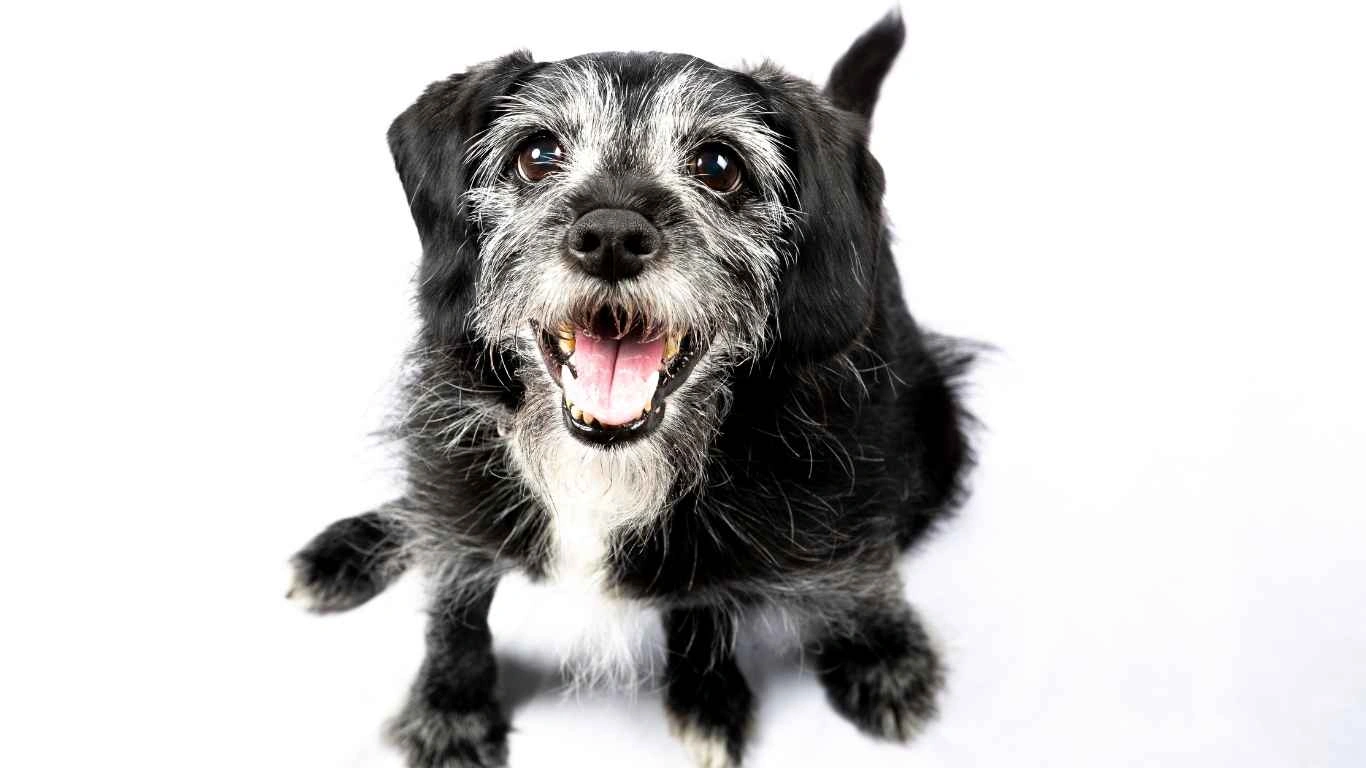How to Safely Include Honey in a Dog’s Diet for Healthier Dogs
As a pet nutritionist and expert with years of experience in veterinary clinics, I’ve seen it all when it comes to keeping our furry friends happy and healthy. And if you’re a dog owner, you know how tricky it can be to navigate all the dos and don’ts of their diet. One question that often comes up is whether honey can be safely included in a dog’s diet. This natural treat has many health benefits for humans, so it makes sense that we might wonder if it could do the same for our pets. In this article, we’ll dive into how to safely include honey in a dog’s diet and the key things to consider before offering it to your canine companion.
Understanding the Benefits of Honey for Dogs
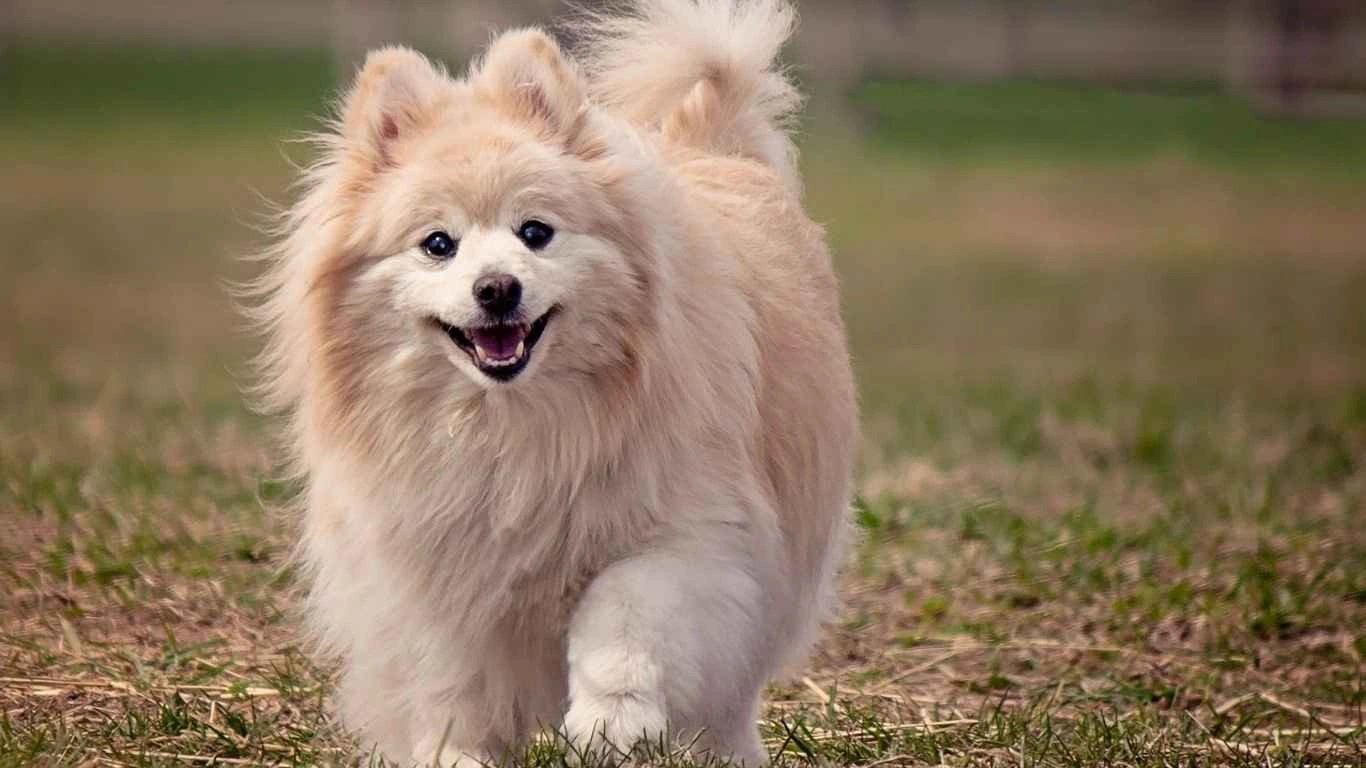
Honey isn’t just a sweet treat for us; it’s packed with nutrients that can potentially benefit your dog as well. As a natural source of vitamins, minerals, and antioxidants, honey offers a few surprising health perks that make it an appealing addition to your dog’s diet—when used properly, of course. But before you go spooning honey into your pup’s bowl, it’s important to understand the full picture.
Honey’s Health Benefits for Dogs
First, let’s talk about what makes honey so special. Packed with natural sugars like fructose and glucose, honey can provide a quick energy boost, which is especially helpful for active dogs who burn a lot of energy throughout the day. But that’s just the beginning.
- Rich in Antioxidants: Honey contains antioxidants, which help fight off free radicals in your dog’s body. These antioxidants can contribute to overall health, supporting a strong immune system and reducing inflammation.
- Natural Antibacterial Properties: Honey has mild antibacterial properties, making it a great option for supporting your dog’s digestive health. It can even help with minor cuts or scrapes as a natural wound dressing.
- Helps with Digestive Issues: For dogs dealing with upset stomachs, honey can offer some relief. The natural enzymes in honey can support gut health by promoting healthy digestion.
In my experience, I’ve had clients with dogs who struggle with sensitive tummies or slight digestive issues, and adding a small amount of honey has often helped soothe their systems. However, it’s essential to keep in mind that not all dogs are the same, and moderation is key.
Can All Dogs Have Honey?
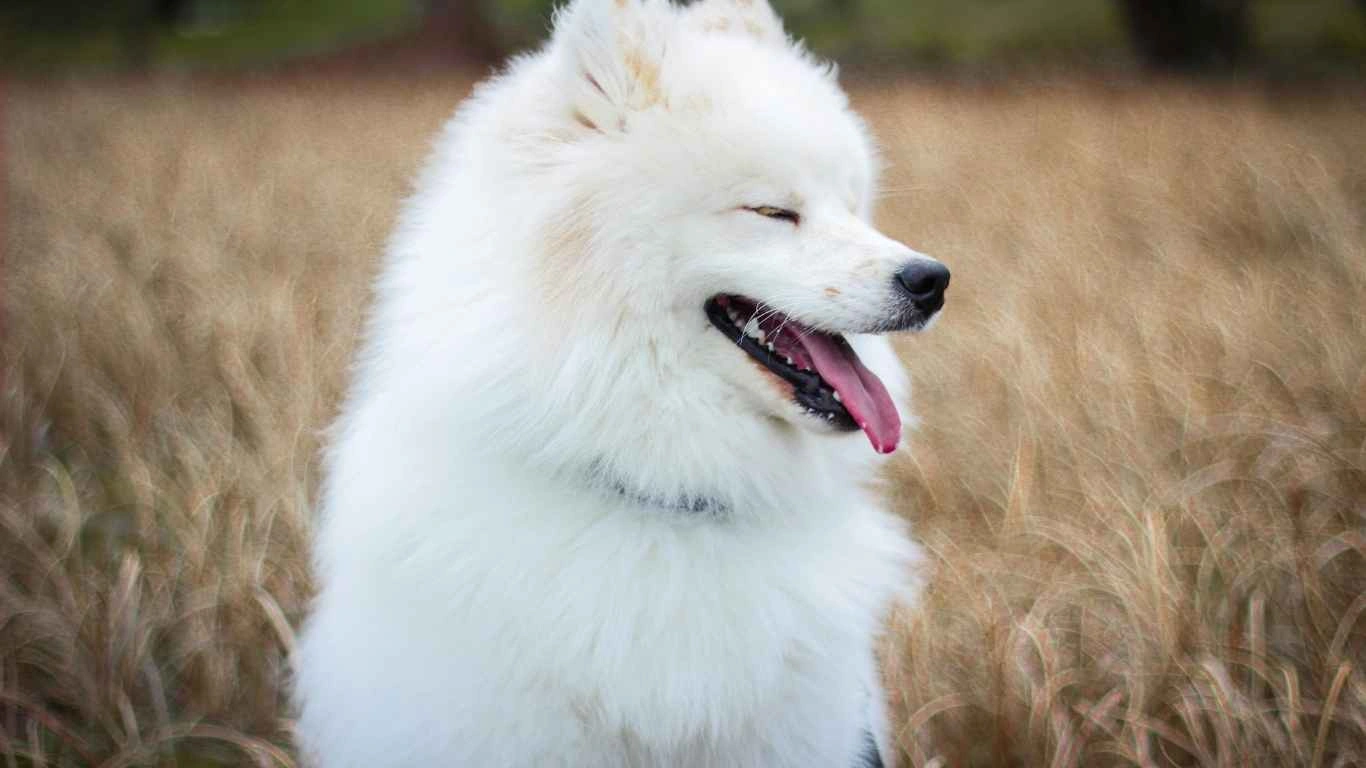
While honey can offer some great health benefits for your dog, it’s not for every pooch. Before you add honey to your dog’s diet, there are a few things you need to consider. Not every dog will benefit from or tolerate honey in the same way.
When to Avoid Giving Your Dog Honey
As much as we want to treat our dogs, there are certain situations where you should avoid honey entirely. Here’s what to look out for:
- Dogs with Diabetes: If your dog has diabetes or is on a sugar-controlled diet, honey should be avoided. Honey is rich in sugars, which can cause blood sugar spikes in diabetic dogs, leading to health complications.
- Obesity Concerns: If your dog is overweight or prone to gaining weight, honey may not be the best treat. While it’s a natural sweetener, honey still contains sugar and calories that can contribute to unnecessary weight gain when consumed in excess.
- Puppies and Dogs Under 1 Year: Puppies under one year old should not be given honey due to the potential risk of botulism. Although rare, botulism spores can be present in raw honey and may pose a threat to younger dogs who have underdeveloped digestive systems.
From my personal experience working with pet owners, I always advise being cautious when introducing honey, especially for dogs with medical conditions. In these cases, it’s always a good idea to check in with your veterinarian first before offering new treats.
How Much Honey is Safe for Your Dog?

Now that you know honey’s benefits and the precautions to take, the next question is: how much is too much? As with any treat, moderation is key, and honey is no exception.
Determining the Right Amount of Honey
Generally speaking, a small amount of honey can be a great addition to your dog’s diet. Depending on the size of your dog, you’ll want to adjust the amount accordingly. Here’s a basic guide:
- Small Dogs (under 20 lbs): Start with about 1/2 teaspoon of honey per day.
- Medium Dogs (20-50 lbs): 1 teaspoon of honey per day is a safe amount.
- Large Dogs (over 50 lbs): You can go up to 1 tablespoon of honey per day, but it’s important to start small and observe how your dog reacts.
Remember, honey should not make up more than 10% of your dog’s daily caloric intake. It’s meant to be an occasional treat, not a staple of their diet. For example, if your dog is on a high-protein diet, honey can serve as a natural, sweet supplement without affecting their main meals too much.
As always, when introducing a new food to your dog, whether it’s honey or something else, it’s best to start slowly and watch for any signs of allergies or digestive upset. If you notice any adverse reactions, discontinue use and consult with your vet.
How to Safely Incorporate Honey into Your Dog’s Diet
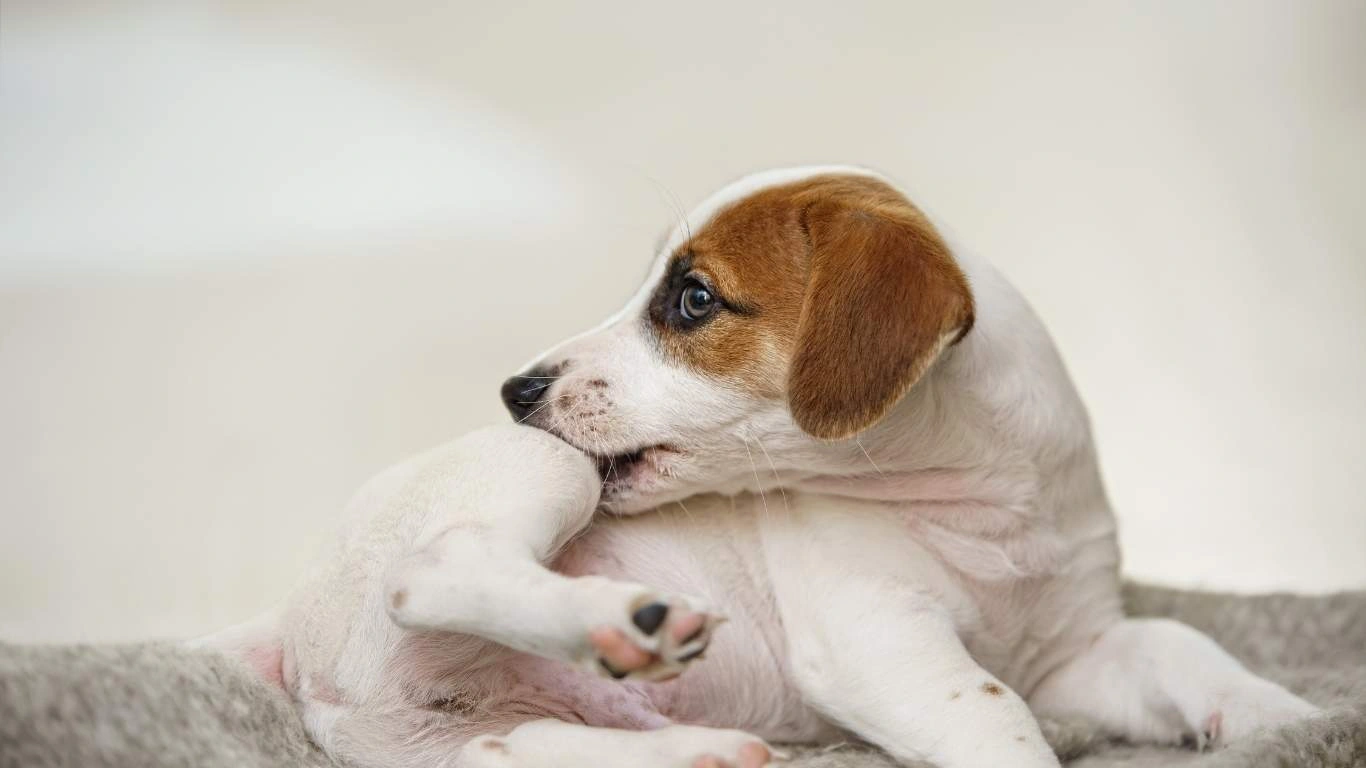
Alright, so now that we’ve covered why honey can be beneficial and when it should be avoided, let’s get into how to actually incorporate it into your dog’s diet safely. It’s always important to think about the method of introduction and the context in which you’re adding honey. There’s more to it than just drizzling a little on their food! Let’s break it down.
Start Slowly and Observe
As with any new treat or food, it’s crucial to start slow. You know how your dog can sometimes react to a new food item with a bit of an upset stomach, right? This is why I always recommend introducing honey gradually into your dog’s diet. Begin with a small amount, such as 1/4 teaspoon for small dogs or 1/2 teaspoon for medium to large dogs. Watch how they react over the next 24 hours—look for signs of digestive discomfort like vomiting, diarrhea, or changes in their appetite.
From my personal experience, many dogs can handle honey without issue, but every dog is different. Some dogs may have sensitivities or allergies that aren’t immediately obvious. If all goes well after a few days, you can continue giving your dog the same amount of honey or gradually increase it to the recommended daily portion (as discussed in Part 1).
Incorporating Honey into Their Meals
If you’re wondering how to serve honey, it’s easy! You can drizzle a small amount over your dog’s usual meal, or you can mix it into some plain yogurt for a healthy treat. Honey and yogurt are both good for your dog’s digestion, so it’s a win-win. I’ve seen many clients use this combo for their dogs, and it can be a great alternative to store-bought treats that might be full of preservatives and sugars.
Another great idea is to freeze honey in ice cube trays and offer it as a cool, refreshing snack on a hot day. This is a fun and simple way to give your dog a special treat without overdoing it. For dogs who enjoy chewing or licking treats, frozen honey cubes can keep them busy and entertained, especially during warmer months when you want to keep them hydrated.
Creative Ways to Use Honey for Your Dog
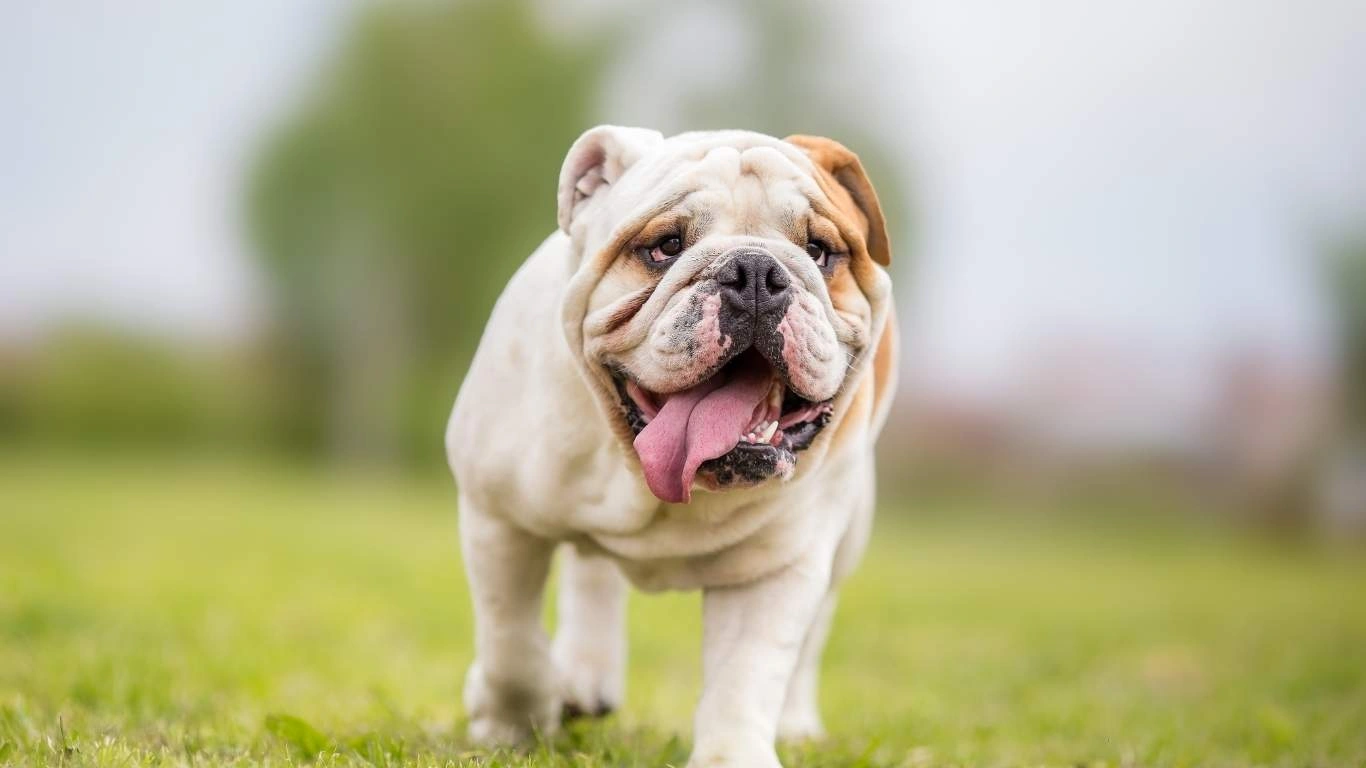
Okay, now that we’ve covered how to introduce honey into their diet, let’s talk about some creative ways you can use this natural treat in your dog’s routine. It’s always fun to mix things up, and I’ve found that dogs really seem to enjoy honey in a variety of ways.
Honey as a Tasty Topper for Dog Food
Sometimes, dogs can get a little picky with their meals. I’ve worked with many pet owners whose dogs just aren’t thrilled about eating the same food every day. If your dog is reluctant to finish their meal, a drizzle of honey can work wonders to entice them. The natural sweetness can be just the thing to get them excited about their food again, especially if you’re trying to encourage them to eat more during a recovery period or if they have a loss of appetite. My advice here is to not overdo it—just a small spoonful will do the trick!
Honey and Peanut Butter: A Match Made in Heaven
Now here’s one of my favorite tricks. Combine honey with peanut butter, and you’ve got yourself a delightful treat that most dogs go absolutely nuts for. This combo works wonders for training or as a high-value treat. You can smear a little honey and peanut butter on a rubber chew toy to keep your dog occupied for a while, or you can make homemade dog treats by baking with these ingredients. Just make sure the peanut butter you’re using doesn’t contain xylitol, which is toxic to dogs.
Honey for Wound Care
Did you know that honey can also be used as a topical treatment for minor cuts and scrapes? Thanks to its antibacterial properties, honey can help prevent infection and speed up the healing process. If your dog has a small wound that needs tending to, applying a small amount of raw honey can work wonders. Of course, if your dog has a serious wound, always consult with your vet first. But for those small, everyday scratches, honey is a great natural alternative.
Is Raw Honey Better Than Processed Honey for Dogs?

Now, this is a common question that many pet owners ask when it comes to honey. Is raw honey really that much better for dogs than the processed honey we buy at the store? Let’s break it down a bit.
Why Raw Honey is a Better Choice
Raw honey is unprocessed and contains more natural enzymes, antioxidants, and vitamins that are beneficial for both humans and dogs. When honey is processed, many of these nutrients are lost during the heating process. As a result, raw honey is generally considered to be the better option for your dog. If you can find local raw honey from a reputable source, even better! Local honey has the added benefit of potentially helping with seasonal allergies (for both you and your dog) because it contains traces of pollen from your area.
In my practice, I’ve often recommended raw honey to dog owners for its higher nutrient content and better quality overall. It’s a small change that can make a big difference in your dog’s health if used properly and safely.
When Processed Honey is Okay
That said, processed honey is still safe for dogs, as long as it doesn’t contain any artificial sweeteners, additives, or harmful ingredients like xylitol (which can be toxic to dogs). If raw honey isn’t available, processed honey from a trusted brand should be fine for your dog in moderation. Just make sure you check the label carefully, and always choose natural, pure honey without any added sugars or artificial ingredients.
Case Studies & Real-Life Examples

When it comes to introducing new foods to your dog’s diet, real-life stories can often help guide the way. Over the years, I’ve worked with numerous pet owners who’ve included honey in their dogs’ diets—and let me tell you, the results can be pretty amazing when done right! But of course, as with all things, it’s important to take a personalized approach, because each dog has its own unique needs and sensitivities.
A Sweet Success: Daisy’s Journey to Better Digestion
One of my favorite success stories involves a little dachshund named Daisy. Daisy was dealing with some mild digestive issues, which caused her to have occasional upset stomachs. After discussing her symptoms with her owner, we decided to try adding a small amount of honey to her diet. I recommended mixing a 1/2 teaspoon of raw honey into her food every other day. Within a week, Daisy’s stomach seemed to settle, and her owner noticed she was less gassy and more energetic. It wasn’t a magical fix, but it certainly helped her feel better. Daisy’s story is a great example of how a small, natural change can make a big difference in your dog’s health.
Case Study: Max and the Weight Management Challenge
Then there’s Max, a lovable labrador who struggled with maintaining a healthy weight. Max’s owner wanted to make sure he was still getting a treat that felt like a “reward” without sabotaging his weight loss efforts. Since Max loved sweet things, we decided to give honey a try. Instead of giving Max high-calorie store-bought treats, we used honey as an occasional treat on top of his regular food. Max’s owner followed the recommended serving size based on his weight and monitored his progress. Over time, Max maintained his weight, and honey became his new favorite indulgence. This case shows that, with careful moderation, honey can fit into a dog’s weight management plan.
Key Takeaways: What You Need to Remember

So, now that we’ve gone over all the important details, let’s take a moment to review the key points you should keep in mind when adding honey to your dog’s diet. If you take away anything from this article, it should be these basic guidelines for safely using honey:
- Moderation is Key: Honey should be used as an occasional treat, not as a daily staple. Too much honey can lead to weight gain or digestive issues.
- Raw Honey is Best: When possible, choose raw, unprocessed honey to maximize the health benefits for your dog.
- Know When to Avoid Honey: Don’t offer honey to dogs with diabetes, those prone to weight gain, or puppies under a year old due to the risk of botulism.
- Start Slow: Always start with a small amount of honey to see how your dog reacts, and monitor them for any signs of discomfort or allergies.
- Consult Your Veterinarian: If you’re unsure whether honey is a good option for your dog, especially if they have a medical condition, always consult your vet first.
By keeping these key takeaways in mind, you’ll be able to safely incorporate honey into your dog’s diet and reap its many benefits while minimizing any risks.
FAQs
We’ve covered a lot of ground in this article, but I know you might still have some questions. Let’s go over a few frequently asked questions to clear up any lingering doubts about giving your dog honey.
1. Can honey help with allergies in dogs?
Yes, in some cases, local honey can help dogs with seasonal allergies. The theory is that the small amounts of pollen found in local honey can act like a natural vaccine, gradually helping your dog’s immune system build tolerance to allergens. However, the effectiveness varies from dog to dog, and honey should not replace allergy treatments prescribed by your veterinarian.
2. Can honey help with my dog’s bad breath?
Interestingly, honey has mild antibacterial properties, so it may help with bad breath caused by bacteria in your dog’s mouth. However, if your dog’s bad breath persists, it’s important to look at other potential causes, like dental health issues. Regular teeth cleaning is still the best way to combat bad breath.
3. Is honey safe for senior dogs?
Honey can be safe for senior dogs as long as they don’t have diabetes or obesity. For older dogs, honey can provide a nice energy boost, especially for those with reduced activity levels. Just remember, moderation is key. As always, consult your vet if you’re unsure about your dog’s specific health needs.
Bonus: Additional Resources or DIY Tips
If you’re feeling inspired to get a little creative with honey and make some homemade dog treats, I’ve got you covered! Here are a few fun ideas to try out:
- Honey Dog Biscuits: Mix honey with whole wheat flour, oats, and peanut butter. Roll out the dough, cut it into shapes, and bake at 350°F for 20 minutes.
- Frozen Honey Treats: Mix honey with plain yogurt and freeze the mixture in ice cube trays. These make a great summer treat!
- Honey and Apple Pops: Blend honey, apple slices, and a little water, then freeze the mixture in a silicone mold for a fun, fruity treat.
These DIY treats are a fun way to show your dog some love while knowing exactly what ingredients are going into their food. Plus, they’re simple to make and always a hit with dogs who love sweet flavors!
Appendix: Table, References, Disclaimer, and Call to Action
Disclaimer: The information provided in this article is for educational purposes only and should not be considered medical advice. Always consult with a veterinarian before making any changes to your dog’s diet, especially if they have pre-existing health conditions.
References:
- PawPatron – Your Trusted Pet Care Source
- American Kennel Club – Dog Health Resources
- PetMD – Health Tips for Dogs
If you’re ready to try incorporating honey into your dog’s diet, always start with small amounts and observe how they react. And don’t forget to consult with your vet if you have any concerns! We all want what’s best for our pups, and with a little bit of caution, honey can be a sweet addition to their treat routine. So, why not give it a try today? Happy treating!
